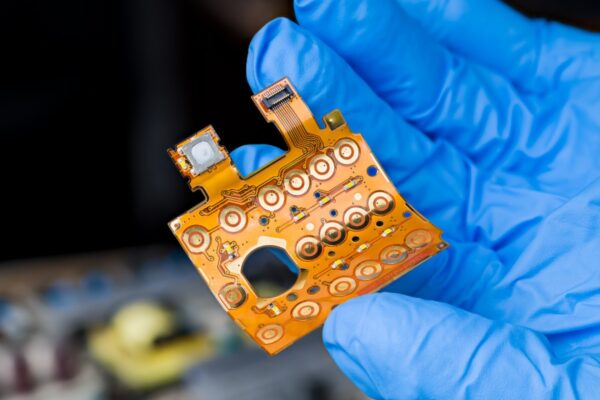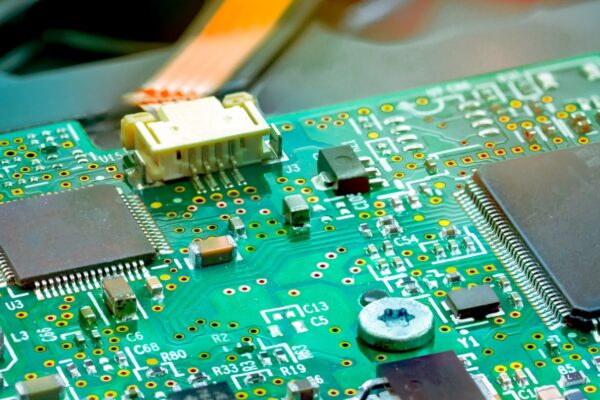What is Gold Finger
Gold finger is the gold-plated connectors located at the edges of printed circuit boards. These connectors, resembling fingers, establish reliable electrical connections between the PCB and other electronic components, such as motherboards or peripheral devices.
The purpose of gold fingers is to ensure the efficient transmission of signals or commands between the PCB and other components. Gold is an excellent conductor of electricity, making it an ideal choice for plating the connectors. This gold plating helps to maintain a consistent and high-quality electrical connection, which is particularly important in applications where stable and uninterrupted signal transmission is crucial, such as in high-speed data transfer or sensitive electronic devices.
In addition to their role in connectivity, gold fingers also provide protection for the edge connectors of PCBs. The gold plating acts as a barrier, safeguarding the circuitry from environmental factors or repeated use that could lead to deterioration. This protection is especially important in situations where the PCB may be exposed to moisture, humidity, or other corrosive elements that could potentially damage the circuitry.
Gold fingers can be made of hard gold or through the Electroless Nickel Immersion Gold (ENIG) process. Hard gold plating is known for its durability and resistance to wear, making it suitable for long-term component reliability. The thickness of the gold plating on the connectors can vary depending on the specific requirements of the application.





